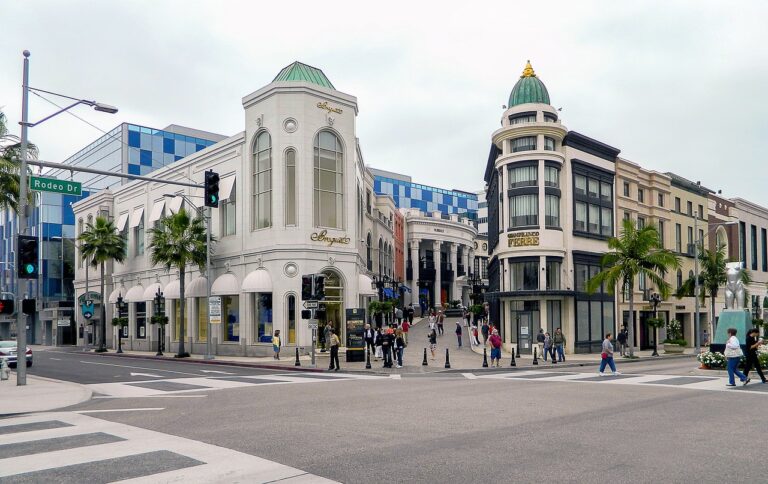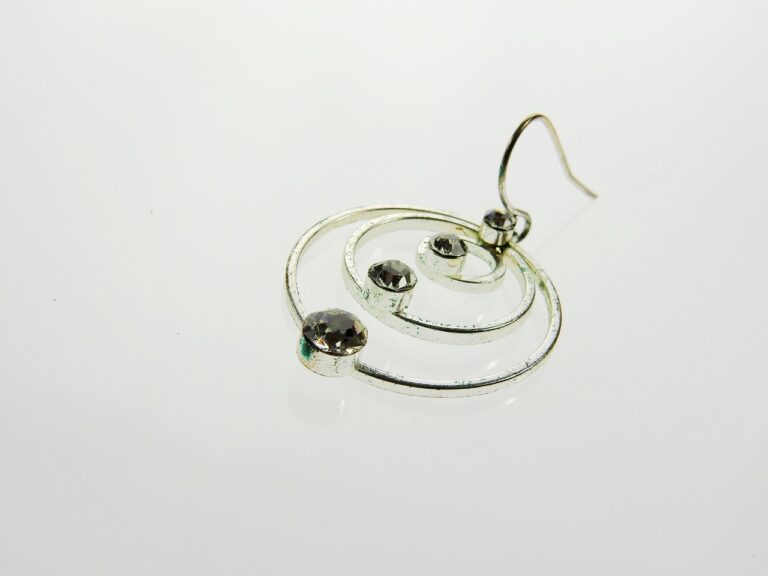Fashion and Technology Collide: 3D Printing’s Impact on Apparel Design
The integration of technology into the world of fashion has revolutionized the way designers conceptualize and create their collections. Advancements in virtual reality and augmented reality have allowed for immersive experiences, enabling consumers to interact with fashion in entirely new ways. By incorporating technology into the design process, fashion houses can experiment with innovative materials, shapes, and textures that were previously unthinkable.
Furthermore, the rise of wearable technology has blurred the lines between fashion and function. From smart fabrics that can regulate body temperature to garments embedded with sensors that monitor health metrics, fashion is no longer just about style – it’s also about enhancing our daily lives. The merging of fashion and technology is not just a trend, but a fundamental shift that is reshaping the way we dress and engage with the world around us.
The Evolution of Apparel Design
Apparel design has undergone significant transformations over the years, reflecting the changing tastes and preferences of consumers. From elaborate Victorian dresses to the minimalist styles of the 21st century, fashion has always been a mirror of societal values and cultural norms. Designers have continuously pushed boundaries and experimented with new fabrics, silhouettes, and techniques to create garments that resonate with the zeitgeist.
With the rise of technology, apparel design has entered a new era of innovation and creativity. Advancements in materials science have led to the development of sustainable textiles, paving the way for eco-friendly fashion. Additionally, the digital revolution has enabled designers to use computer-aided design (CAD) software to bring their visions to life with precision and efficiency. As we look to the future, it’s clear that the evolution of apparel design will continue to be shaped by the dynamic interplay between tradition and innovation.
Innovations in 3D Printing
3D printing has opened up a world of possibilities in the realm of fashion design. Designers are now able to create intricate and customizable pieces that were once impossible to achieve using traditional methods. From creating personalized accessories to experimenting with innovative materials, 3D printing technology is pushing the boundaries of what is possible in the fashion industry.
One of the key advantages of 3D printing in apparel design is the ability to reduce waste and improve sustainability. By only using the exact amount of material needed for each item, designers can minimize their environmental impact and create more efficient production processes. This shift towards more sustainable practices is not only beneficial for the planet but also for the industry as a whole, as consumers increasingly value transparency and eco-conscious choices in their fashion purchases.
What are some examples of how 3D printing is being used in the fashion industry?
Some examples include creating intricate accessories, customized footwear, and even entire garments using 3D printing technology.
How has 3D printing revolutionized apparel design?
3D printing has allowed designers to create complex and innovative designs that were previously impossible to achieve with traditional manufacturing methods.
What are some of the recent innovations in 3D printing technology?
Recent innovations in 3D printing technology include the use of sustainable materials, advancements in printing speed and accuracy, and the ability to print multi-material designs.
How has the intersection of fashion and technology influenced the use of 3D printing?
The intersection of fashion and technology has led to collaborations between designers and tech companies, resulting in the development of cutting-edge 3D printing techniques for creating unique and customizable clothing items.







